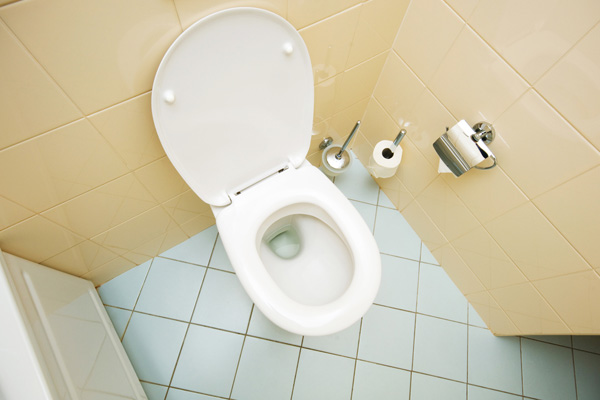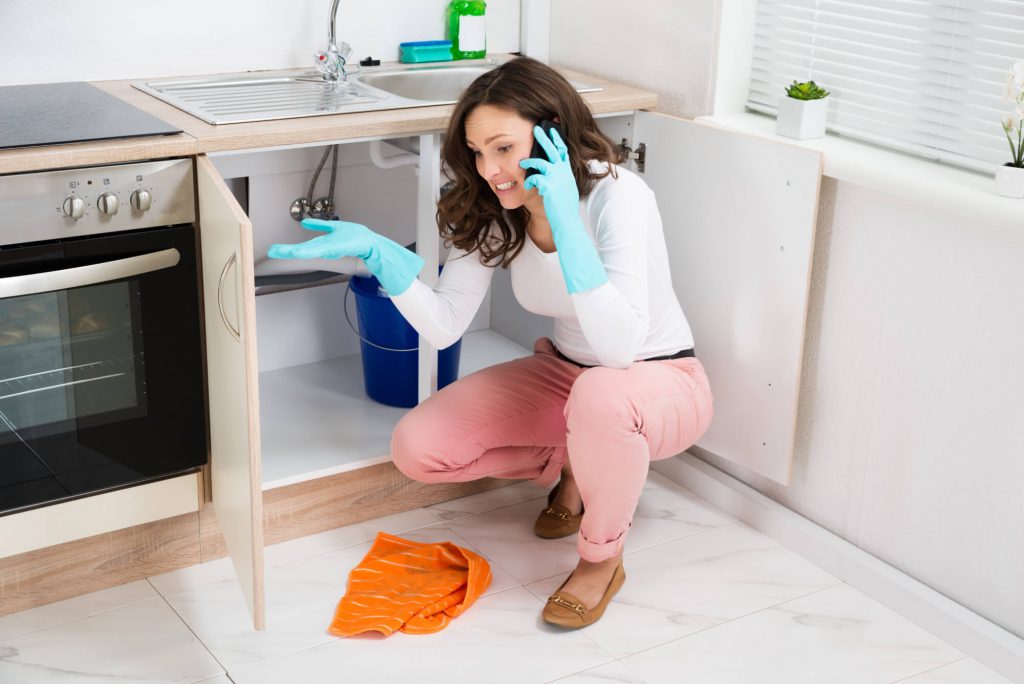Have you been on the lookout for information around How to Check for Bathroom Leaks?

Bathroom leaks are frustrating as they interrupt your day's plan. It is an alleviation that many washroom leakages are easy to deal with as well as detect, with marginal expense ramifications.
Having a water leak in shower room can be difficult to the home owner. The short article serves as a "very first help" when you need an emergency situation reaction to a water leakage in washroom.
Discovery and also Repair Service of Water Leak in Bathroom
Water leakage in washroom typically arises from plumbing and pipeline mistakes. There are several sorts of bathroom leaks. You may require a standard knowledge of these leakage types to identify the water leak in washroom. Below are the common washroom leakages and repair tips:
Clogged Washroom Sinks
Sometimes, the water leakage in shower room results from sink obstructions. This is commonly a nuisance to homeowners and may be unpleasant. Obstructions may arise from the buildup of soap residue, hair bits, or debris that block the drainpipe. It is simple to take care of obstructions, as well as you might not require expert abilities.
What to Do
You can make use of a drain serpent to remove the particles in the drain as well as allow the stationary water flow. Drain pipes cleansers are likewise offered in stores and also are very easy to make use of.
Bathroom Leaks
Occasionally, water leakages from the commode as well as swimming pools around the toilet base. It is an eyesore in the restroom and also needs timely interest. In some cases, it arises from a loosened connection between the bathroom and also the container. This creates water to drip from the cistern to the flooring. It might additionally arise from splits in the toilet dish or a defective shut-off shutoff.
What to Do
If there hang screws between the cistern as well as toilet, you just require to tighten them. Often you might need to reapply wax on the gasket or call in a restroom leak specialist to replace broken or used parts.
Splash Leaks
These frequently arise from water spilling on the shower room flooring from the tub. It is a consequence of using a bad shower curtain or used bath tub cellular lining. It harms the shower room floor and may create rot to wood floorings as well as restroom doors. The water normally pools around the bathtub or shower. This might cause even worse restroom damage without punctual handling.
What to Do
This washroom leakage is the simplest to repair. You just need to change the drapes or recaulk the bath tub or shower. You might require to change these to prevent additional damages if the leakage has actually harmed the shower room flooring or door. The bright side is that you can include a pipes specialist to aid with the washroom repair.
Verdict
Water leakages in the shower room are preventable events in the home. When they do, repair them without delay, or engage the solutions of a specialist.
The article serves as a "initial help" when you need an emergency situation feedback to a water leak in shower room.
Water leakage in washroom typically results from plumbing and pipe faults. You might require a standard knowledge of these leak types to detect the water leak in washroom. Sometimes, the water leak in bathroom results from sink obstructions. It harms the washroom flooring as well as might create rot to wooden floors and also washroom doors.
Water Leaking in the Bathroom Wall
A GUIDE TO FINDING LEAKS IN BATHROOM WALLS
Paint or Wallpaper Peeling: This sign is easily spotted, so it cannot be missed. A leak in the wall can lead to wallpaper that separates along seams or paint that bubbles or flakes off the walls. Musty Smells: The damp flooring and plaster inside the wall grow an odor similar to wet cardboard as water slowly drips from a leaky pipe inside the wall. You can find leaks hidden beneath a musty odor. Growing Stains: The interior of a wall affected by a leaky pipe sometimes becomes infested with mold. Often, your indicator of a hidden plumbing problem is a growing strain on otherwise clean plaster. Structural Damage: Do not overlook constant moisture inside the walls of bathrooms when ceilings or floors become structurally compromised. Water-damaged walls can damage adjacent surfaces and stain flooring and ceilings. Unusual Discoloration: The wet spots may eventually dry when a leak penetrates deeper inside a wall. The stains they leave behind are paler than the adjacent paint or surface. Dripping Sound: It is common to hear dripping sounds inside walls when water runs down them. A squeaking noise can be heard while turning off a valve in a sink, bathtub, or shower. When flushing the toilet, you may also hear this noise. A GUIDE TO REPAIRING WATER LEAKAGE
Verify The Wall Leak: Shut down your main water supply and note the reading on your water meter. If the meter reading rises after a few hours, the leak is inside the house. In the absence of any changes, the leak may be the result of clogged gutters or drains. Turn off the water: You can turn off the water after you confirm the leak is within the walls. If you’re beginning repairs, drain as much water from the pipes as possible. Find & Fix The Leakage: Locate the wettest area on the wall with a moisture meter or infrared camera. Patch kits can stop the leak, but the fix might only be short-term. In the next few days, double-check the area to ensure the leak is no longer present. Removing mold and cleaning all surfaces: Dish soap and warm water should be used to clean affected areas. Bleach and water are recommended for disinfecting nonporous surfaces. Fan and dehumidifier running will speed up drying time. Remove mold growth immediately from walls, ceilings, and other surfaces. https://wlstaton.com/how-to-find-and-repair-water-leaking-in-the-bathroom-wall/

I recently found that page about Leaking Bathroom Repair Expert while doing a search on the search engines. Remember to take a moment to distribute this content if you enjoyed reading it. Thank you for going through it.
Secure fix? Ring!